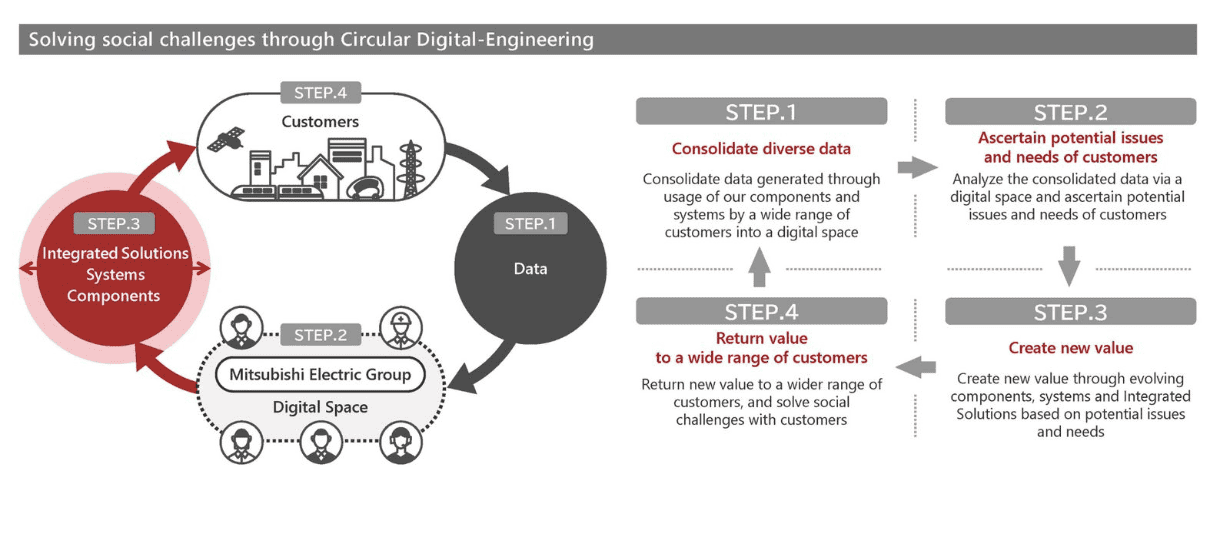Keith Hanson was asked by the mayor of Shreveport, Louisiana, to bridge the digital divide and build a smarter city when the city hired him as its chief technology officer and intelligent cities director in 2019. Expanding broadband internet would be necessary for both initiatives, making it one of Hanson’s top priorities.
Hanson claimed that after taking over Shreveport’s IT department, he made an effort to comprehend the online access and digital infrastructure of the city. The city’s digital divide first baffled him because while nearly every home had broadband infrastructure, many people appeared to be without internet access.
Hanson’s team set up Raspberry Pi computers and on the city garbage trucks and used location data to locate WiFi networks in order to assess the scope of the issue and produce a map of internet coverage. They soon made the startling discovery that, according to Hanson, nearly all of the dead spots were in historically underserved communities and that about 40% of Shreveport had no WiFi coverage.

Bridging the Digital Divide: Shreveport’s Journey Towards Smart City Innovation and Broadband Expansion
In order to get the broadband service Shreveport needed for its smart city infrastructure and to extend online service to areas where it was lacking, Hanson started meeting with telecommunications companies in 2020. Hanson inquired about the availability of 5G mobile connectivity in Shreveport near the conclusion of a convincing meeting and was informed that the city was low-priority for such deployments.
Hanson came to the realization that the city would have to bridge the electric divide on its own at that point. According to him, where about 1 in 4 people live below the federal poverty line, large telecom companies frequently don’t invest in less affluent areas like Shreveport.
While the city primarily wants to invest in areas with limited internet access, Hanson said “They’re still in this to go where the money is.”
Many eligible households don’t sign up for the Affordable Connectivity Program, which the Federal Communications Commission offers financial assistance to help low-income households purchase internet service from traditional providers, because it is too challenging to navigate, according to Hanson. According to him, the program also doesn’t cover related costs like internal wiring fees, which are about $200 and required to install broadband internet services in older homes that many lower-income residents live in. The FCC claims that the ACP program just offers one-time deals to purchase a laptop, desktop computer, or tablet and monthly discounts for online service.
Voters were asked to approve $22 million in bonds to install fiber-optic cables for additional broadband service as well as other technologies to improve the city’s water, sewer, and traffic control systems. The city then asked its residents for assistance. However, the ballot measure was defeated in December of last year, which hurt Hanson’s plans.
Shreveport’s Innovative Approach to WiFi Network Deployment and Smart City Infrastructure
The IT division of the city made the decision to investigate using current infrastructure and resources to create a common WiFi network. Hanson and Winston Lazar, the founder and CEO of Spread Networks, a business that assists regional governments, utilities, and other organizations in using empty standard-based technologies for their online infrastructure, spoke after making that decision.
Lazar first suggested that the city use Helium, a fragmented wireless IoT network that enables users to earn the cryptocurrency HNT by setting up specialized WiFi hotspots in their residences and places of business. But, Lazar and Hanson quickly came to the conclusion that the local government could use directional antennas to more effectively blast WiFi service throughout the city thanks to a similar service called Pollen Mobile.
Some of Shreveport’s best tower and roof locations, according to Hanson, would have diverted half of our radio power into the lake rather than a home if the city hadn’t switched to Pollen Mobile for WiFi.
Early this year, Shreveport set up a system with Pollen Mobile that uses the radio frequency spectrum band known as Citizens Broadband Radio Service to build an exclusive 5G network for common WiFi. The city even uses Helium’s lower-power broad-area network for smart city applications that require lengthy- range communications. Because the city built its network using empty standards—a feat that would not have been achievable with a standard vendor using amazing technology, Hanson added—implementation was fast.
Community Collaboration: Shreveport Libraries Spearhead WiFi Access Initiative for Digital Inclusion
A broadband connection, locations for equipment installation, and a way to inform the public that the WiFi service was attainable were also required by the Shreveport IT department and Spread Networks. According to Hanson, this resulted in a partnership with Shreveport’s public library system, which previously had high-speed internet service, filters to protect the public from inappropriate content, natural locations in underserves, and strong community ties.
When Shreveport Mayor Adrian Perkins inquired about giving kids access to the internet outside of libraries, John Tuggle, senior director at the ShReve Memorial Library in the city, said libraries have attempted to close the digital divide since the 1990s, but he had little to say.
Librarians have struggled to imagine leaving our buildings to provide internet access as a profession, according to Tuggle.
When Hanson and Lazar discussed using the library to create a common WiFi network, Tuggle claimed to be thrilled. He explained that it was a chance for him and his coworkers to assist their communities in acquiring the modern skills they require to thrive.
Over the past 25 years, “our economy has changed immensely” Tuggle remarked. It has reached the point where having access to the internet is essential to surviving.
Spread Networks installed the hardware required to run the WiFi network at libraries in five communities under the direction of Shreveport’s IT department, with each installation spanning up to 1,000 homes. By obtaining and installing a warm spot kit from their neighborhood library, residents with library cards who reside in the coverage area can access the network.
Innovative Solutions: Shreveport’s Cost-Effective Approach to Public WiFi Deployment and Digital Infrastructure
Tuggle noted that “it’s great” to see so many residents excited to have more internet access, despite the fact that the program has just recently gone into effect, the early returns seem promising.
With the city spending about $500,000 in American Rescue Plan funds on its public WiFi network, Hanson claimed that the approach was significantly less expensive than Shreveport’s various options. According to him, Shreveport would have spent at least $5 million to reach the same number of homes if it had partnered with a conventional internet service provider.
In addition to cost savings, Shreveport was able to create a customized solution using an open standard like blockchain because it is integrated, according to Spread Networks Lazar, which means it can work with an infinite number of custom or easily accessible goods and services. Additionally, because Shreveport is the owner of all the infrastructure, the city is free to use, modify, and expand the network without incurring more costs or fees from vendors.
Using available technologies and platforms gives open officials much more control over their electronic infrastructure by giving them “ultimate choice” according to Hanson, in addition to avoiding a bewildering array of proprietary and frequently incompatible technologies.
According to Hanson, the objective was to create a network that the city could use for smart city initiatives like open WiFi and crime-deterring digital camera systems. Cryptocurrency and blockchain technology are just one of the components that will enable this to happen. Spread Networks and other vendors of a related nature can succeed thanks to the crypto tokens, he added.
Hanson also remarked “It’s not only a service contract again.” And in the end he said that the most crucial component of the project is enhancing online access, remarking that “It doesn’t matter what technology you use. Make it as simple as using a library card to adopt it by lowering the barrier.”.











